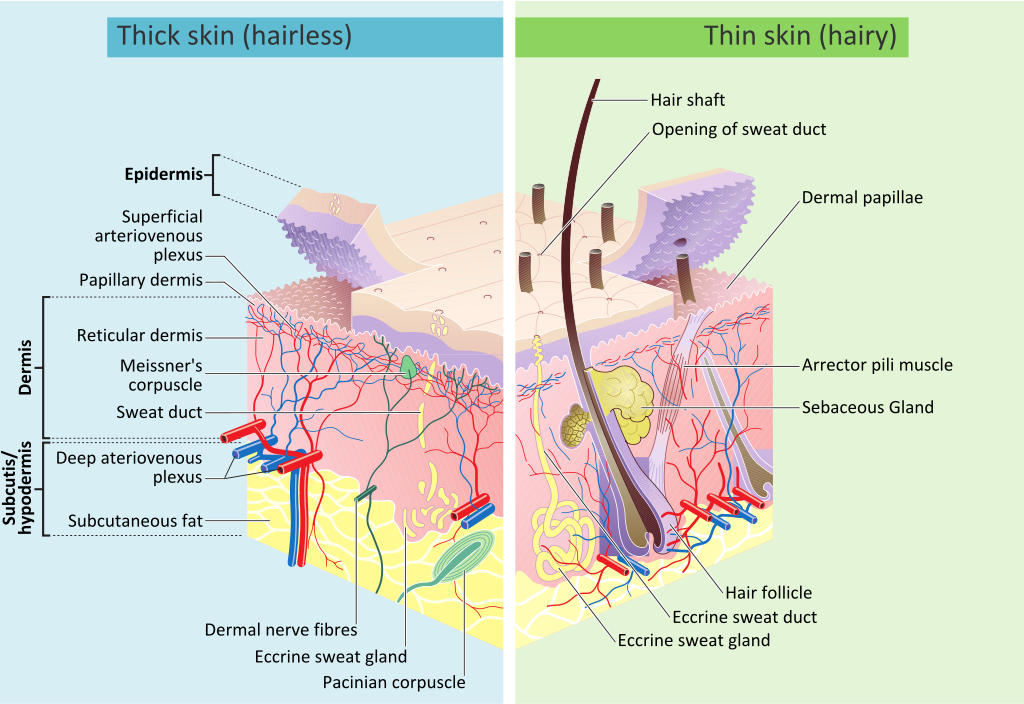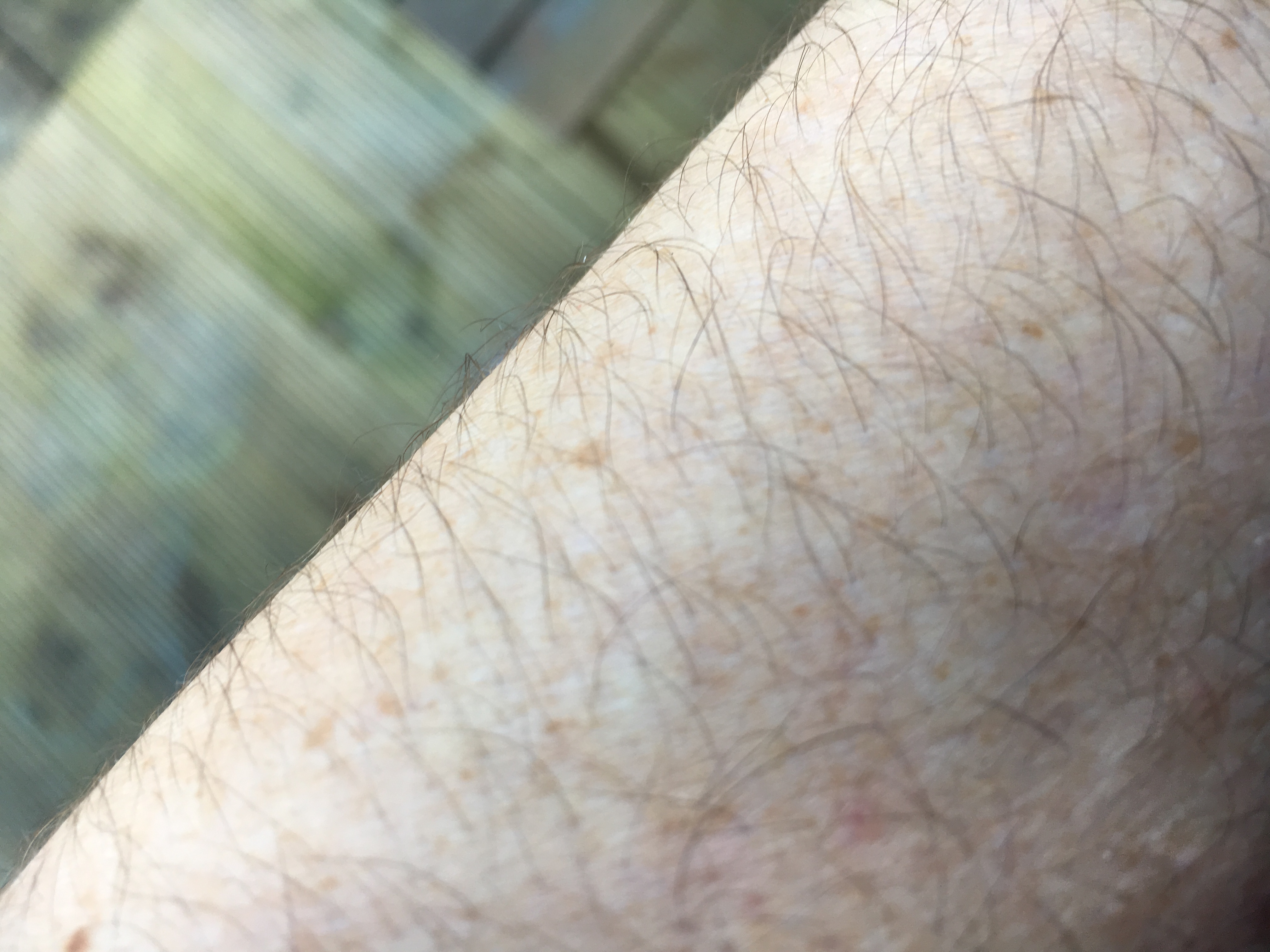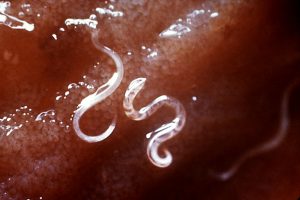Life-saving Skin Graft Replaces 80% Of Boy’s Skin
In a groundbreaking treatment, scientists create enough skin to cover 80 percent of a boys’ body. The procedure saved the life of a 7-year-old with a rare genetic disease.
Junctional epidermolysis bullosa (JEB) is a rare genetic skin disease. Gene mutations significantly impact the way in which components of skin bind together. The skin of people with JEB blisters and becomes raw even when it is only lightly touched.
Currently, there is no cure and treatments can only focus on reducing or dealing with symptoms. Sadly, because the condition also affects the larynx and lining of the gut, it can be difficult to put weight on and babies with severe JEB rarely make it to their first birthday and 40 percent die before their teenage years.
Children that do survive the early months of life must deal with painful recurrent wounds that leave them open for infection and significantly increase the risk of skin cancer.
JEB is caused by the mutation of three genes that are jointly responsible for producing laminin-332 and others that code for collagen-17 and alpha-6-beta-4 integrins.
A desperate case
In June 2015, a 7-year-old boy with JEB arrived at the Children’s Hospital at Ruhr University, Germany. Since birth, he had developed blisters all over his body, particularly on his back, sides, and legs. Due to infections, during the 6 weeks before admission, his condition had deteriorated severely.
Although the doctors worked hard to reduce his pain levels and keep him alive, he had lost more than two-thirds of his skin, and no treatments were effective. His life hung in the balance.
As a last ditch attempt, the doctors got in touch with Michele de Luca the Director and Gene Therapy Program Coordinator at the Center for Regenerative Medicine at the University of Modena and Reggio Emilia, Italy. de Luca had previously done work on regenerating skin. He had done similar grafts on legs, but nothing of this size and scope.
To begin, the team took skin cells from the boy’s groin — an area that did not blister; these cells included stem cells. Then, they used a virus to transport a normal version of the faulty gene into those skin cells. From this cell line, skin could be grown that no longer carried the JEB mutation. Finally, once enough had been grown, the skin was grafted onto the boy’s body in procedures carried out between October 2015 and January 2016. The procedure and results were recently published in the journal Nature.
In total, around 80 percent of the boy’s total body skin area was restored by the transgenic epidermis.
Miraculous full recovery
Although he spent more than 8 months in hospital, he is now recovered. At the 21-month-checkup, he had not developed any blisters or erosions. Wounds heal normally, and the skin behaves naturally under mechanical stress. The researchers took punch biopsies 4, 8, and 21 months after grafting and the epidermis looked normal even under microscopic inspection. Levels of laminin-332 were within the normal range. He can live the life of a normal child.
This success story is now the basis for more clinical trials being carried out by de Luca and his team. As the authors of the paper write:
“The successful outcome of this study paves the way for gene therapy to treat other types of epidermolysis bullosa and provides a blueprint that can be applied to other stem cell-mediated combined ex vivo cell and gene therapies.”
There are a number of forms of epidermolysis affecting an estimated 200 children per year in the United States. This groundbreaking procedure gives hope that the condition can be significantly and permanently treated.



















